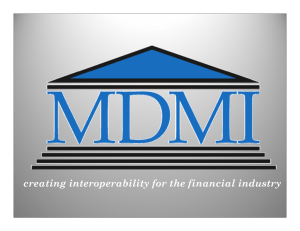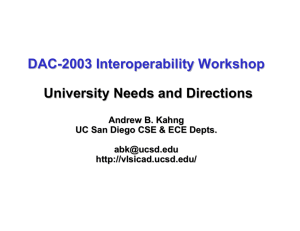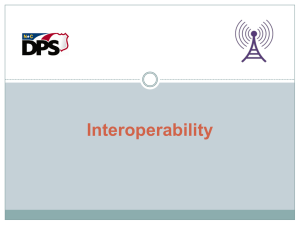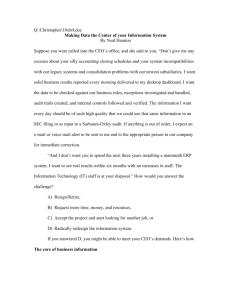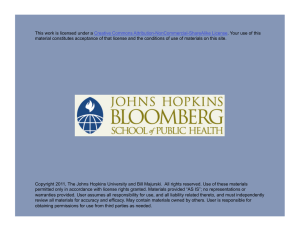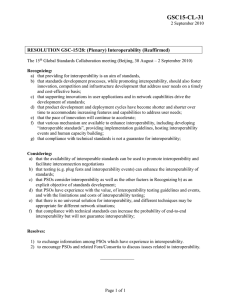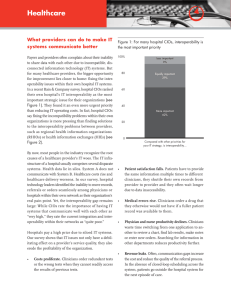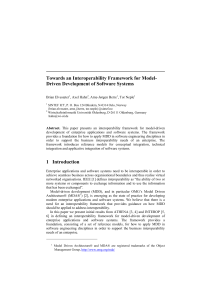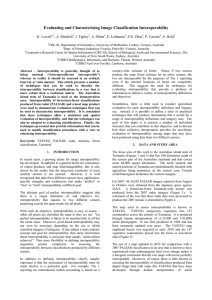MDMI Executive Summary
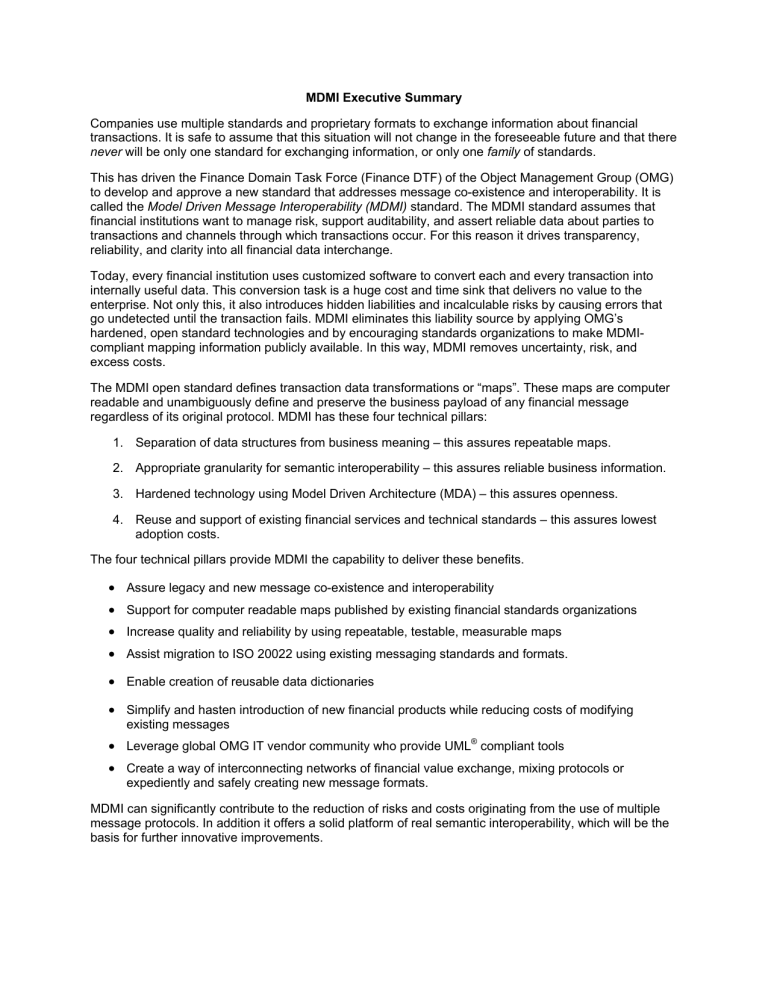
MDMI Executive Summary
Companies use multiple standards and proprietary formats to exchange information about financial transactions. It is safe to assume that this situation will not change in the foreseeable future and that there never will be only one standard for exchanging information, or only one family of standards.
This has driven the Finance Domain Task Force (Finance DTF) of the Object Management Group (OMG) to develop and approve a new standard that addresses message co-existence and interoperability. It is called the Model Driven Message Interoperability (MDMI) standard. The MDMI standard assumes that financial institutions want to manage risk, support auditability, and assert reliable data about parties to transactions and channels through which transactions occur. For this reason it drives transparency, reliability, and clarity into all financial data interchange.
Today, every financial institution uses customized software to convert each and every transaction into internally useful data. This conversion task is a huge cost and time sink that delivers no value to the enterprise. Not only this, it also introduces hidden liabilities and incalculable risks by causing errors that go undetected until the transaction fails. MDMI eliminates this liability source by applying OMG’s hardened, open standard technologies and by encouraging standards organizations to make MDMIcompliant mapping information publicly available. In this way, MDMI removes uncertainty, risk, and excess costs.
The MDMI open standard defines transaction data transformations or “maps”. These maps are computer readable and unambiguously define and preserve the business payload of any financial message regardless of its original protocol. MDMI has these four technical pillars:
1. Separation of data structures from business meaning – this assures repeatable maps.
2. Appropriate granularity for semantic interoperability – this assures reliable business information.
3. Hardened technology using Model Driven Architecture (MDA) – this assures openness.
4. Reuse and support of existing financial services and technical standards – this assures lowest adoption costs.
The four technical pillars provide MDMI the capability to deliver these benefits.
•
Assure legacy and new message co-existence and interoperability
•
Support for computer readable maps published by existing financial standards organizations
•
Increase quality and reliability by using repeatable, testable, measurable maps
•
Assist migration to ISO 20022 using existing messaging standards and formats.
•
Enable creation of reusable data dictionaries
•
Simplify and hasten introduction of new financial products while reducing costs of modifying existing messages
•
Leverage global OMG IT vendor community who provide UML
®
compliant tools
•
Create a way of interconnecting networks of financial value exchange, mixing protocols or expediently and safely creating new message formats.
MDMI can significantly contribute to the reduction of risks and costs originating from the use of multiple message protocols. In addition it offers a solid platform of real semantic interoperability, which will be the basis for further innovative improvements.

